Sometimes the asteroid visits the earth, will there be stars to visit the earth?There is one after 1500,000 years
Author:Scientific belief Time:2022.07.09
Either the sun, other planets in the solar system, often receive some visitors. These visitors are the asteroids who are free of the universe.
Because of the visit of these asteroids, most planets are covered with potholes. The earth is obviously not a hospitable planet, because the visit of these guys is not a good thing for the fragile earth ecology. 65 million years ago, an unexplained visit to the earth directly led to the most powerful category on the earth at that time. Biostatic is dinosaurs. Fortunately, the earth has both Jupiter's protection and the personal defense of the moon, so it is relatively safe. The life on the earth rarely hit the head by foreign guests. The universe is huge and there are many types of celestial bodies. Since the asteroid will come to visit the earth, will the larger celestial body come to visit the earth?
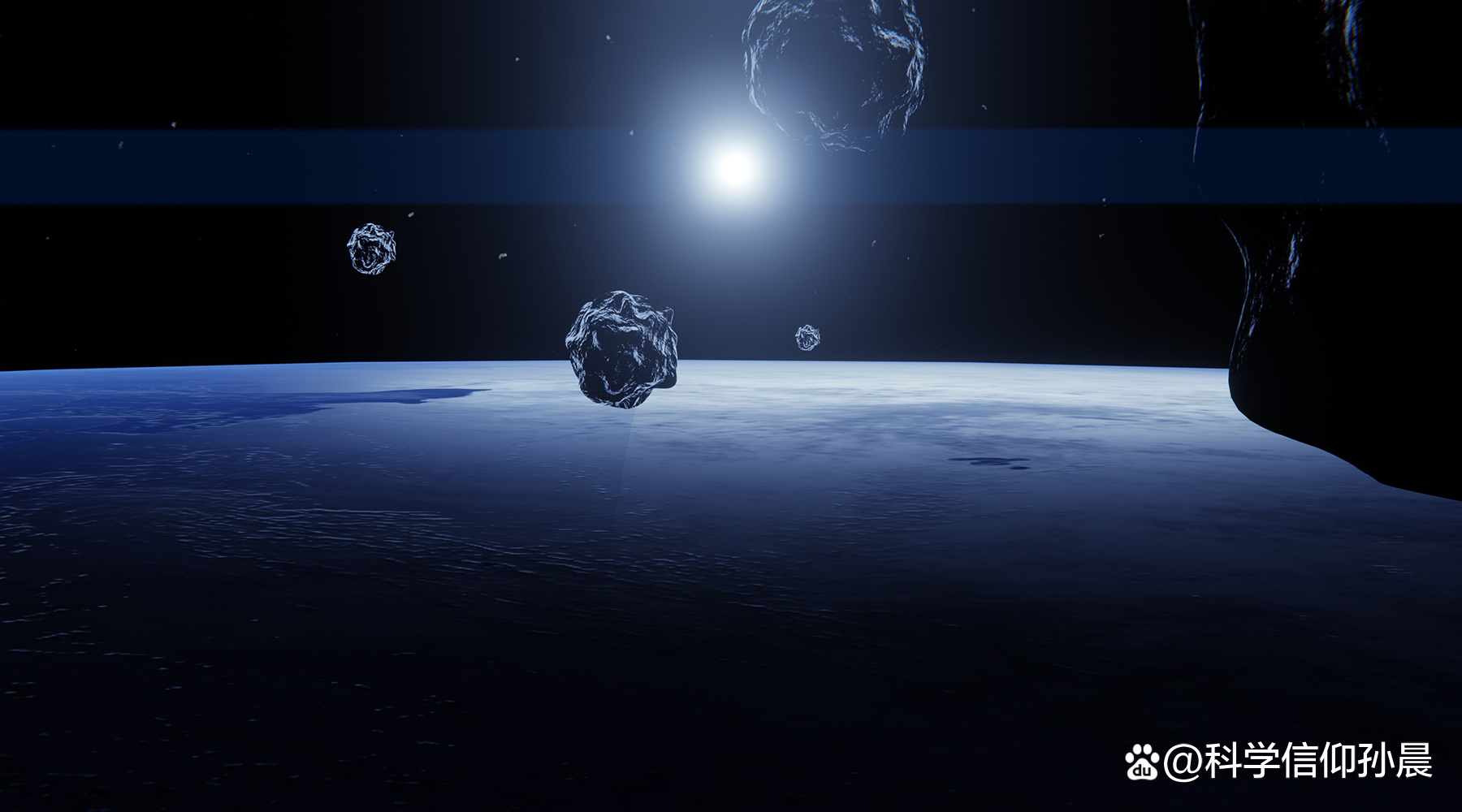
The human cosmic observation ability is actually relatively limited, but we still find that a star is running from the solar system.
In the direction of the giant snake seat about 63 light years from the solar system, there is a red dwarf. We named it "Gliese710". Red dwarfs are a star that is much smaller than the yellow dwarf as the sun. Observations and calculations can basically determine that the quality of this red dwarf is about half of the quality of the solar. From the direction of this star's movement, it is running from the solar department, and it can be seen through its movement speed that this star is likely to enter the Alt nebula in the periphery of the solar system after 1.5 million years. Why did this star come towards us? Stars are not constant. All stars in the Milky Way are surrounded by silver heart movement.
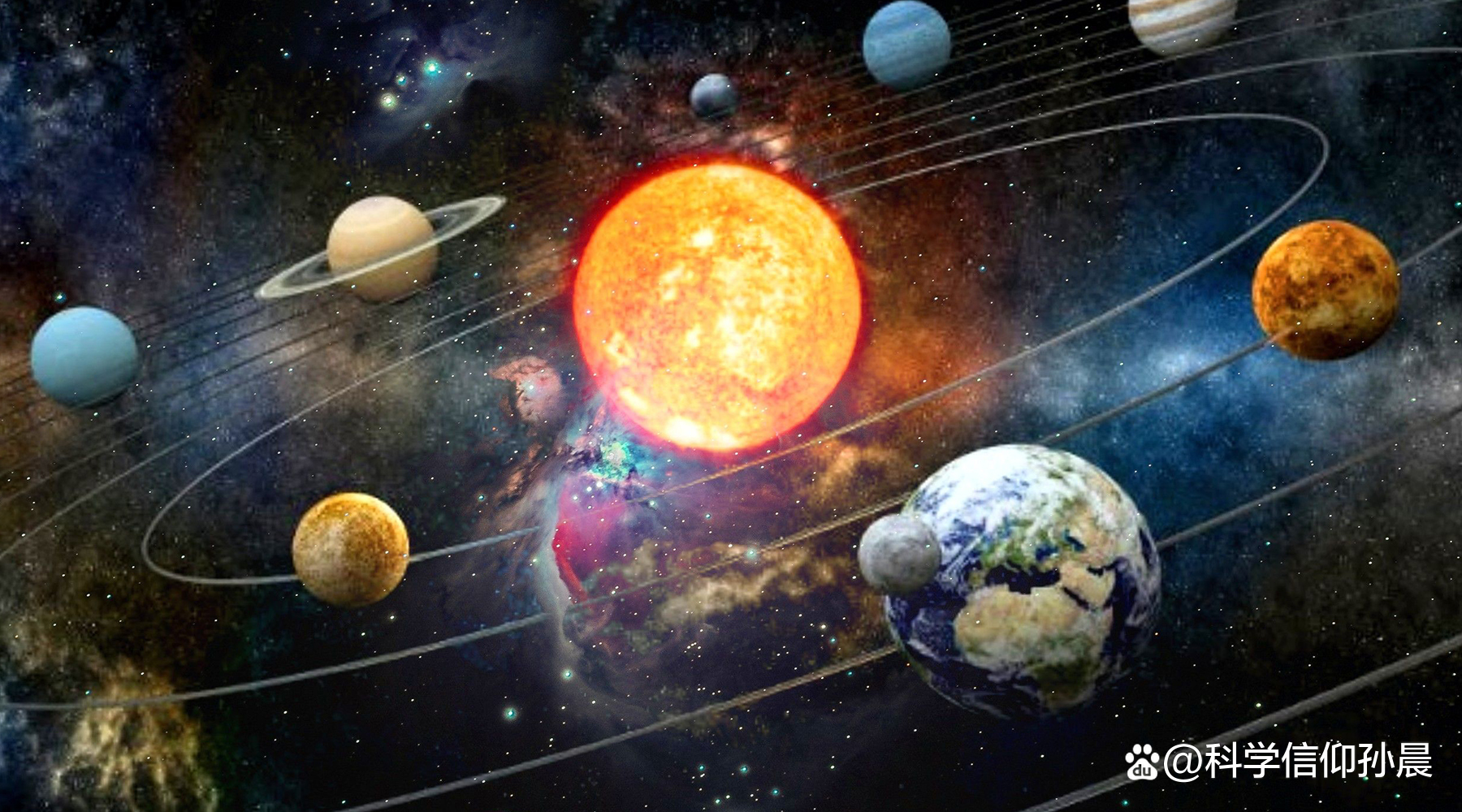
The sun is moving around the silver heart with all the celestial bodies in the solar system, with a speed of about 220 kilometers per second.
The sun is the same, and the same is true of other stars in the galaxy, but the speed of all stars is not the same. In the process of exercise, it may also change the movement speed and movement direction due to the influence of other celestial bodies. Gliese710 is such a star. It is coming towards the solar department, but this is not to say that the Gliese710 will eventually break into the solar system, because it is still far away from it now, and it may occur in the next 1.5 million years. Changes in speed. Then again, what impact will it have on the solar system and the earth we survive?
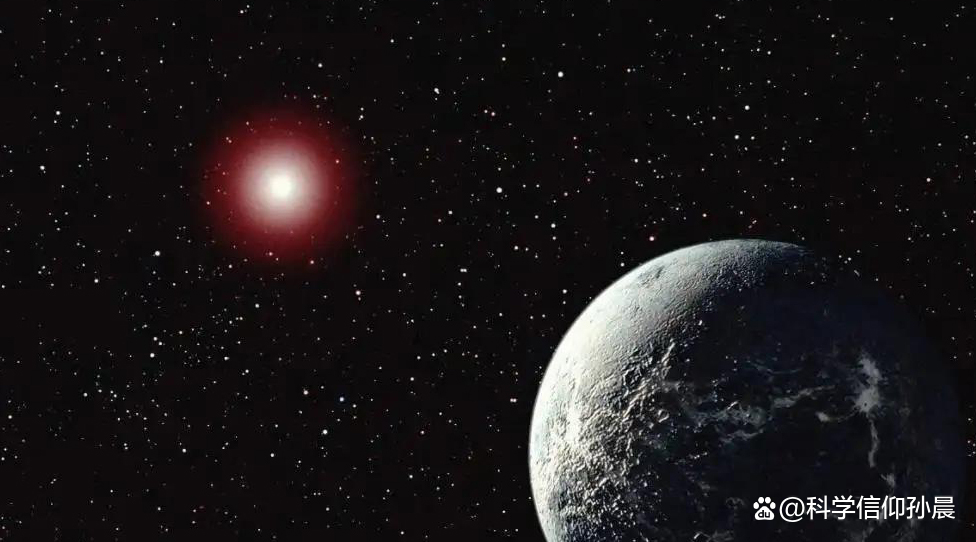
Will Gliese710 hit the earth? This may be the least need to worry about.
The universe is very empty. The distance between the celestial body and the celestial body is very distant. The real solar system is not as crowded as the solar system we see, so even a star, the chance of being able to hit the earth is small and then Small, but this does not mean that Gliese710 will not affect us. It is generally believed that there is a spherical area composed of comets and other celestial bodies in the periphery of the solar system. We call it "Oort Nebula", and the thickness of the Alt Nebula is about a light years. After 1.5 million years, when Gliese710 arrives at the solar system, it will first enter the Altte Nebula. Since then, the impact of this red dwarf on the earth has really begun.
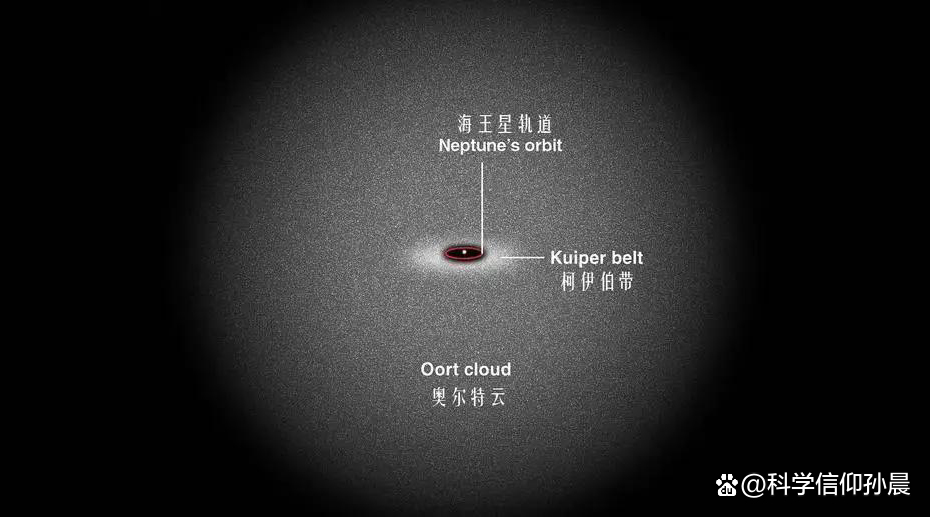
Although Gliese710 is just a red dwarf, it is still a star with a large gravity for other celestial bodies, so its breakthroughs will change the operation of many surrounding stars.
Many celestial bodies in the Altt may fall into Gliese710, and some will become satellites that will run around it, and others will break into the solar system due to gravity interference. Since then, all solar systems including the earth, including the earth, The celestial body will suffer more meteorites, which is not good news for the earth, which will cause serious damage to the earth's ecology. With the approaching of Gliese710, other planets in the solar system, including the running track of the earth, will be affected. This is very terrible, because the width of the livable band of the solar system is only 2.4 astronomical units. Then the earth is no longer a livable planet.

However, the break of Gliese710 is not without any benefit.
We all know that the Sun will turn into a white dwarf after 5 billion years, and human beings must carry out distant interstellar migration before that. Outside the solar system, the distance between stars is calculated in light years. This will be to humans to humans. The huge challenge, but after Gliese710 broke into, everything was different. The life of the stars is inversely proportional to the quality. As a red dwarf, the life expectancy of Gliese710 is tens of billions of years, and its breakthrough itself may also create new livable planets, so future humans may have another choice. But 1.5 million years is too far for us. We can't accurately predict what will happen in the future. Will Gliese710 come? What will the solar system become? All this is unknown.
- END -
2 men and 1 woman to stimulate BMW to steal watermelon. Police: Watermelon is not familiar with them, and finally compensation is in place
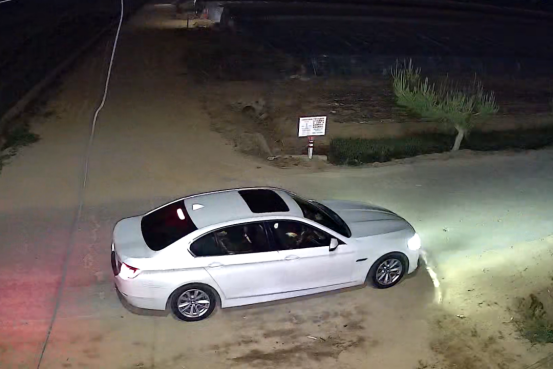
【Source: Nine Pai News】On July 4th, the 2 men and 1 woman in Linyi, Shandong Pro...
The treatment pattern changes!ADC obtains 2022 NCCN V4 breast cancer guidelines 1 recommendation

*For medical professionals for reading referenceFollowing May 7, 2022, the Nationa...